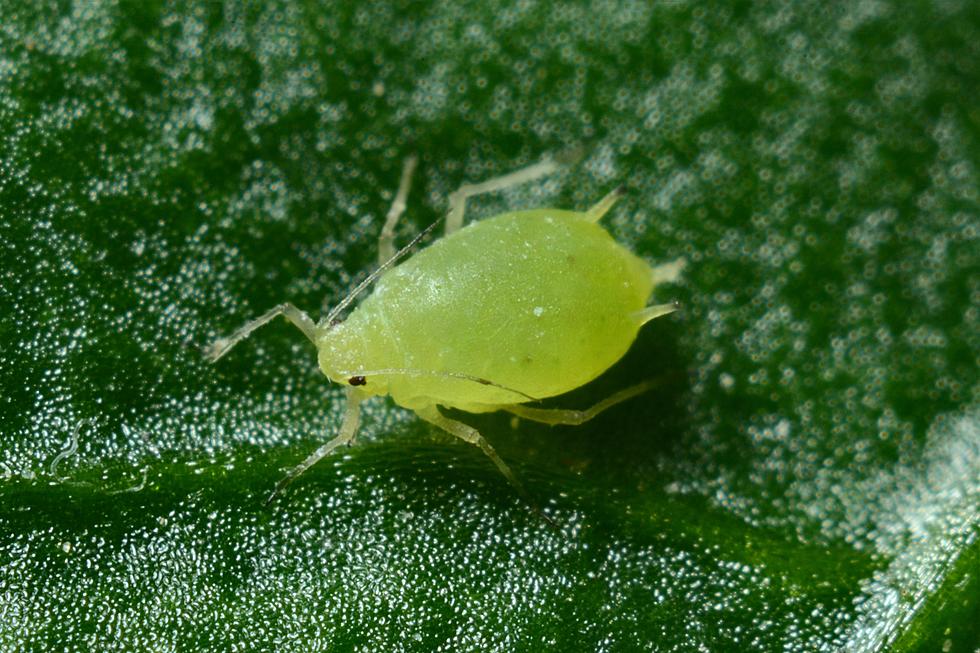
Prevalent ND Pesticide Banned by EPA. What Say You ND Farmers?
This is a call to readers that are producers in the field. The North Dakota producers, that may or may not have regularly used chlorpyrifos to control insects in their crops...
It's now been officially banned by the Enviromental Protection Agency (EPA). It goes into effect in 60 days. So enough time yet this year to kill them critters. But what about next year?
Is this going to affect your operation?
I guess I'm saying..."big deal" or "no deal"?
Crop Life America's Chris Novak starts us out here...
Decades of review by EPA career staff and independent scientific advisory panels have repeatedly supported safe uses for this product, yet this decision comes without a full scientific review or a thoughtful assessment of the beneficial uses of this product
Here's a chunk from the Washington Post from the end of April showing the court trail leading to the ban...
A federal appeals court on Thursday ruled that the Environmental Protection Agency must ban a widely used pesticide linked to neurological damage in children from being sprayed on food crops, unless the agency can demonstrate safe uses for the chemical.
The pesticide has been used for a half-century on an array of fruits and vegetables. Over time, though, evidence has associated exposure with health issues such as headaches and blurred vision and longer-term risks such as lower birth weight and neurological damage to children, and pressure has grown for a complete ban.
So there ya go the courts made the EPA do it. But, only after it had been a Obama/Trump/Biden ping pong ball...
In 2015, the Obama administration moved to revoke all uses of chlorpyrifos after EPA scientists determined that existing evidence did not meet the agency’s threshold of a “reasonable certainty of no harm,” given exposure levels in Americans’ food supply and drinking water.
Well that takes care of that then.
Wait not so fast...
Before the ban was finalized, Donald Trump became president and reversed course. In March 2017, EPA Administrator Scott Pruitt rejected the agency’s own analysis, saying the agency would reassess the science underpinning that decision
Back in business. According to chlorpyrifos.com, back in business, in North Dakota.
“Chlorpyrifos has…been important to growers of North Dakota because it is the only insecticide that can effectively kill some of the insect pests. In wheat, for example, chlorpyrifos is the most efficacious and cost effective insecticide for control of wheat midge… In addition, chlorpyrifos is the insecticide of choice for control of aphids and spidermites in many field crops, because of the ability of spidermites, for example, to develop insect resistance and to ‘flare up’ (rapid population density increases) when other insecticides….are used for control.” – Dr. Janet Knodel, Department of Entomology, North Dakota State University. (Field crops)
NDSU no less.
The American Farm Bureau seems to goes nuts on the decision.
So I'm just curious...Big deal? or No deal? Does it affect local day to day operations, or is it another topic that's more debated than actually utilized. I just found it interesting that North Dakota had a pretty solid history in the usage of the pesticide. Or so says EarthJustice.org
California, Minnesota, North Dakota, and Kansas used the most chlorpyrifos. Of the top 10 counties that used the most, four are in California and five are in North Dakota. While California has cancelled most chlorpyrifos uses, it cannot keep chlorpyrifos-contaminated foods from coming into the state.
North Dakota producers may have some changes on the horizon. What say you?
25 True Crime Locations: What Do They Look Like Today?
8 Snakes You Could Encounter In North Dakota
More From 96.5 The Walleye









